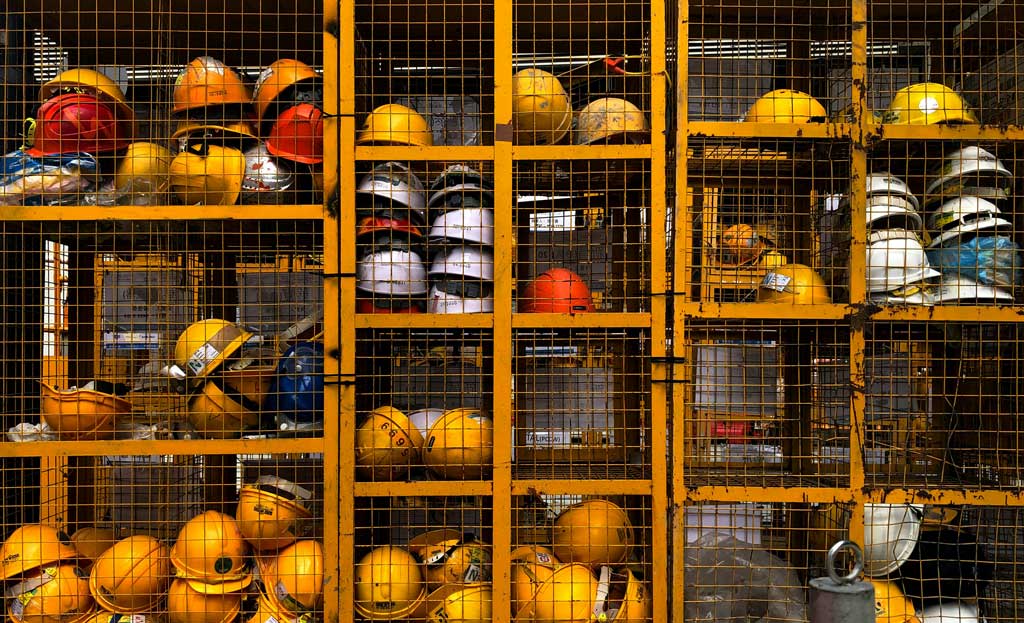Expertise
Our instructors are seasoned professionals with years of experience in the field and understand the environment.

Elevate your team’s capabilities in managing and responding to workplace emergencies with our comprehensive Workplace Emergency Procedures Training. Specifically designed to address the varied requirements of different industry sectors, our on-site training focuses on equipping your team with the critical skills and knowledge needed to effectively handle emergency situations, ensuring the training is not only relevant but also highly beneficial for enhancing workplace safety operations.
Conducted at your premises, our training sessions provide a dynamic and interactive learning environment, concentrating on real-life emergency scenarios tailored to your work setting. This method ensures that the skills and strategies developed are directly relevant to your organisation’s emergency procedures, promoting a culture of safety and readiness.
Our Workplace Emergency Procedures programme is carefully designed to fit seamlessly into your organisation’s routine, minimising any impact on daily activities. We delve deeper than the basic emergency procedures, focusing on developing leadership qualities, increasing situational awareness, and encouraging a proactive stance towards emergency preparedness. Such preparation enables team members to confidently lead and coordinate during any emergency situations.
Choose our Workplace Emergency Procedures Training represents a focused and effective strategy to boost your team’s proficiency in managing and responding to emergencies. This choice is a strategic investment towards building a safer, more adept team prepared to face and overcome the challenges of workplace emergencies.
Students who are deemed competent will receive a Statement of Attainment, which is recognised under the Australian Qualifications Framework. This training is nationally recognised:

The RTO responsible under the National Vocational Education and Training Regulator Act 2011 for the quality of the training and assessment being delivered in this course and for the issuance of all AQF certificates is:
Intrinsic Safety trading as Rescue Group Training
RTO No. 45803
Our detailed course outline ensures a thorough grasp of:
We provide a well-rounded assessment process that encompasses both practical tasks and scenarios, as well as written theory assessments, throughout the training. This comprehensive approach ensures a thorough evaluation of your skills and knowledge, allowing you to demonstrate your competency in real-world application and theoretical understanding.
Specific assessment tasks to be undertaken include:
Course Duration & Modes
Each format is tailored to different learning styles and schedules, ensuring effective and efficient Workplace Emergency Procedures Training.
This course can be delivered/assessed in the workplace or at a facility organised by Rescue Group Training.
Our Workplace Emergency Procedures Training is meticulously designed to cater to the unique safety requirements and risk profiles of a diverse range of industries. Recognising that each sector faces distinct challenges during emergencies, we customise our training programs to ensure that every workforce is equipped with the knowledge and skills to effectively manage and use emergency control equipment, as well as to implement critical emergency response procedures. Here’s how our training is tailored to meet the industry-specific needs:
Manufacturing:
Our program addresses the specific hazards associated with manufacturing, including the operation of heavy machinery and the handling of hazardous materials, ensuring workers can respond swiftly and effectively to any emergency.
Healthcare:
Given the critical need to ensure patient safety, our training for healthcare facilities focuses on evacuation procedures, emergency medical response, and the management of hazardous biological materials.
Oil, Gas, and Chemical:
We offer specialised training for handling flammable materials and chemical spills, focusing on preventing fires, explosions, and environmental contamination.
Construction:
Our construction-focused training covers site-specific hazards, including fall protection, structural collapses, and equipment failures, ensuring all personnel can navigate an emergency safely.
Hospitality and Entertainment:
Tailored for environments with high guest turnover, our training includes crowd management, evacuation procedures, and emergency communication strategies to enhance guest and staff safety.
Education:
We develop custom scenarios for schools and universities, covering lockdown procedures, natural disaster response, and first aid, prioritising the safety of students and staff.
Retail and Shopping Centres:
Our program for the retail sector emphasises evacuation drills, fire safety, and handling of emergency situations in crowded spaces to ensure public and employee safety.
Corporate Offices:
For office environments, especially high-rises, we focus on evacuation procedures, fire safety, and emergency communication to prepare staff for a range of incidents.
Transportation and Logistics:
We provide training on emergency response for accidents, hazardous material spills, and crowd control in high-traffic transportation hubs and logistics centers.
Public Sector and Government Buildings:
Our training covers emergency protocols for a variety of public service environments, ensuring the safety of employees and the general public during emergencies.
Utilities and Energy:
Specialising in the utilities and energy sectors, our training addresses emergency responses to infrastructure failures, electrical hazards, and environmental risks.
Mining and Resources:
For the mining industry, we focus on cave-in response, explosion prevention, and emergency medical aid, tailored to the unique risks of extraction sites.
By customising our Workplace Emergency Procedures Training to the specific needs of these industries, we ensure that all participants receive relevant, practical, and effective training. This not only enhances the safety and preparedness of the workforce but also contributes to the overall resilience of the organisation in the face of emergencies.
For comprehensive details on your rights and responsibilities, including our complaints and appeals process, kindly refer to the Pre-Enrolment Participant Handbook on our website.